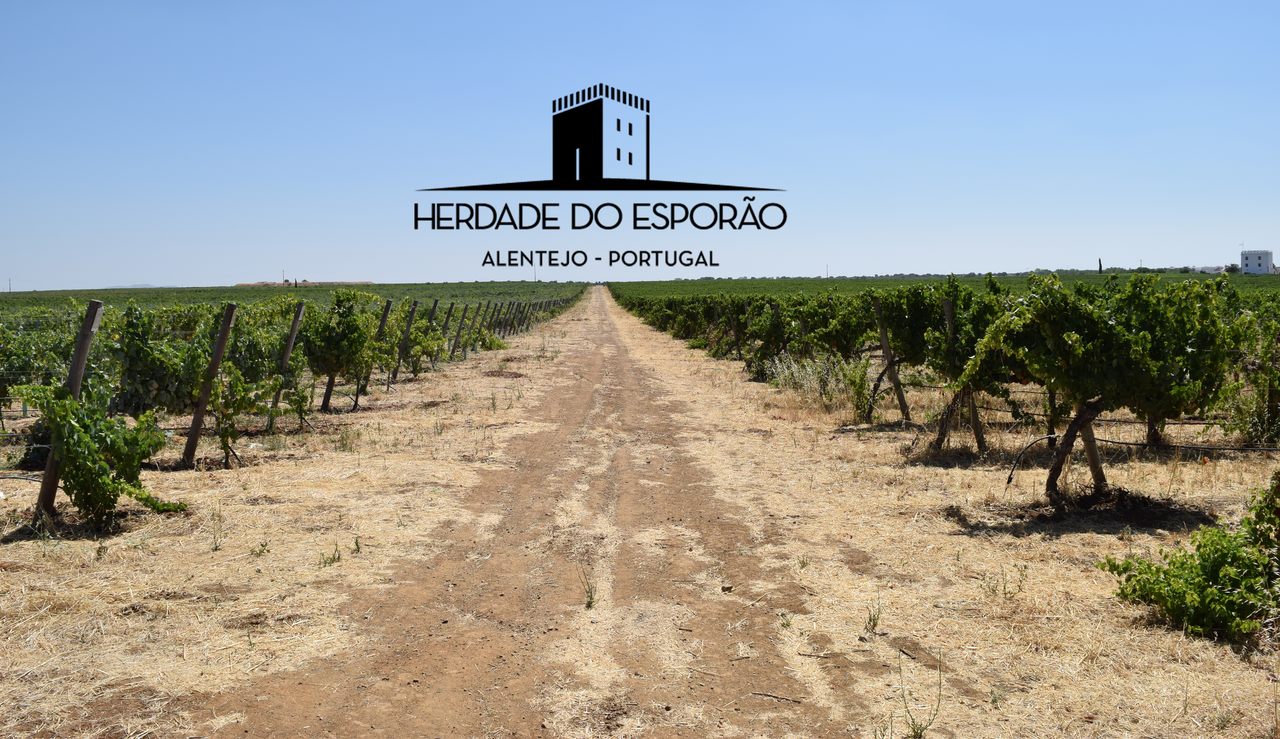Efeito foto/termoprotetor do caulino potencia a qualidade de uvas brancas - Bibliografia
O efeito termoprotetor do caulino foi testado em três castas brancas na Herdade do Esporão, no Alentejo, designadamente na ‘Sercial’, ‘Riesling’ e ‘Galego Dourado’, com o intuito de saber se o caulino afetava a composição dos principais constituintes da uva e respetiva a atividade antioxidante.

De forma geral, os bagos das videiras tratadas com caulino sofreram um menor decréscimo do teor de compostos fenólicos desde a fase de pintor até à maturação. Os resultados revelaram ainda que o caulino teve influência positiva no grau Brix, na acidez e no tamanho dos bagos. Estes efeitos poderão dever-se à menor temperatura das folhas das videiras tratadas com caulino e aos consequentes benefícios na fisiologia das videiras. Sumariamente, o estudo reforça a ideia de que o caulino poderá constituir uma tecnologia facilmente exequível e pouco onerosa que garante proteção solar às videiras durante o verão, potenciando assim a qualidade das uvas.
BIBLIOGRAFIA
Bradford, M.M., 1976. A rapid and sensitive method for the quantification of microgram quantities of protein utilizing the principle of protein-dye binding. Anal. Biochem. 72, 248–254.
Conde, A., Neves, A., Breia, R., Pimentel, D., Dinis, L.T., Bernardo, S., Correia, C.M., Cunha, A., Geros, H., Moutinho-Pereira, J., 2018. Kaolin particle film application stimulates photoassimilate synthesis and modifies the primary metabolome of grape leaves. J Plant Physiol 223, 47–56.
Conde, A., Pimentel, D., Neves, A., Dinis, L.T., Bernardo, S., Correia, C.M., Geros, H., Moutinho-Pereira, J., 2016. Kaolin Foliar Application Has a Stimulatory Effect on Phenylpropanoid and Flavonoid Pathways in Grape Berries. Frontiers in Plant Sci 7.
Christensen, P.; Ramming, D.; Andris, H. Seed trace development of ‘Fiesta’ raisins. Am. J. Enol. Viticul. 1983, 34, 257–259.
Dinis, L.T., Bernardo, S., Conde, A., Pimentel, D., Ferreira, H., Felix, L., Geros, H., Correia, C.M., Moutinho-Pereira, J., 2016. Kaolin exogenous application boosts antioxidant capacity and phenolic content in berries and leaves of grapevine under summer stress. J Plant Physiol 191, 45–53.
Dinis, L.T., Bernardo, S., Luzio, A., Pinto, G., Meijon, M., Pinto-Marijuan, M., Cotado, A., Correia, C., Moutinho-Pereira, J., 2018. Kaolin modulates ABA and IAA dynamics and physiology of grapevine under Mediterranean summer stress. J Plant Physiol 220, 181–192.
Dinis, L.T., Bernardo, S., Matos, C., Malheiro, A., Flores, R., Alves, S., Costa, C., Rocha, S., Correia, C., Luzio, A., Moutinho-Pereira, J., 2020. Overview of Kaolin Outcomes from Vine to Wine: Cerceal White Variety Case Study. Agronomy-Basel 10.
Frioni, T., Tombesi, S., Luciani, E., Sabbatini, P., Berrios, J.G., Palliotti, A., 2019. Kaolin treatments on Pinot noir grapevines for the control of heat stress damages. . BIO Web of Conferences, 13, 04004.
Granato, D., Margraf, T., Brotzakis, I., Capuano, E., van Ruth, S.M., 2015. Characterization of conventional, biodynamic, and organic purple grape juices by chemical markers, antioxidant capacity, and instrumental taste profile. J Food Sci 80, 55–65.
Jones, G.V., White, M.A., Owen, R., C., Storchmann, C., 2005. Climate change and global wine quality. Climate Change 73, 319–343.
Kottek, M., Grieser, J., Beck, C., Rudolf, B., Rubel, F., 2006. World Map of the Köppen-Geiger climate classification updated. . Meteorologische Zeitschrift 15, 259–263.
Martinoia, E., Rentsch, D., 1994. Malate compartmentation-responses to a complex metabolism. . Annual review of plant physiology and plant molecular biology 45, 447–467.
OIV, 2003. Compendium of internationals methods of wine and must analysis., in: OIV (Ed.), Paris.
Pantelic, M.M., Dabic Zagorac, D., Davidovic, S.M., Todic, S.R., Beslic, Z.S., Gasic, U.M., Tesic, Z.L., Natic, M.M., 2016. Identification and quantification of phenolic compounds in berry skin, pulp, and seeds in 13 grapevine varieties grown in Serbia. Food Chemist 211, 243–252.
Price, M.L., Scoyoc, S.V., Butler, L.G., 1978. A Critical Evaluation of the Vanillin Reaction as an Assay for Tannin in Sorghum Grain. J. Agric. Food Chem. 26.
Ribéreau-Gayon, P., Dubourdieu, D., Donéche, B., Lonvaud, A., 2006. Biochemistry of Alcoholic Fermentation and Metabolic Pathways of Wine Yeasts, Handbook of Enology. John Wiley & Sons.
Roby, G., Harbertson, J.F., Adams, D.A., Matthews, M.A., 2004. Berry size and vine water deficits as factors in winegrape composition: anthocyanins and tannins. Aust. J. Grape Wine Res.10, 100–107.
Rodrigues, M.J., Soszynski, A., Martins, A., Rauter, A.P., Neng, N.R., Nogueira, J.M.F., Varela, J., Barreira, L., Custódio, L., 2015. Unravelling the antioxidant potential and the phenolic composition of different anatomical organs of the marine halophyte Limonium algarvense. Ind Crop Prod 77, 315–322.
Romero, I., Casillas-Gonzalez, A.C., Carrazana-Villalba, S.J., Escribano, M.I., Merodio, C., Sanchez-Ballesta, M.T., 2018. mpact of high CO2 levels on heat shock proteins during postharvest storage of table grapes at low temperature. Functional in vitro characterization of VVIHSP18.1. Postharvest Biol. and Technol. 145, 108–116.
Shellie, K.C., King, B.A., 2013. Kaolin-based Foliar Reflectant and Water Deficit Influence Malbec Leaf and Berry Temperature, Pigments, and Photosynthesis. Am J Enol Vitic 11.
C. van Leeuwen, P. Darriet, 2016. The impact of climate change on viticulture and wine quality. , J Wine Econ 11, 150–167.
Visioli, F., Galli, C., 1998. Olive oil phenols and their potential effects on human health. J Agric. Food Chem. 46, 4292–4296.